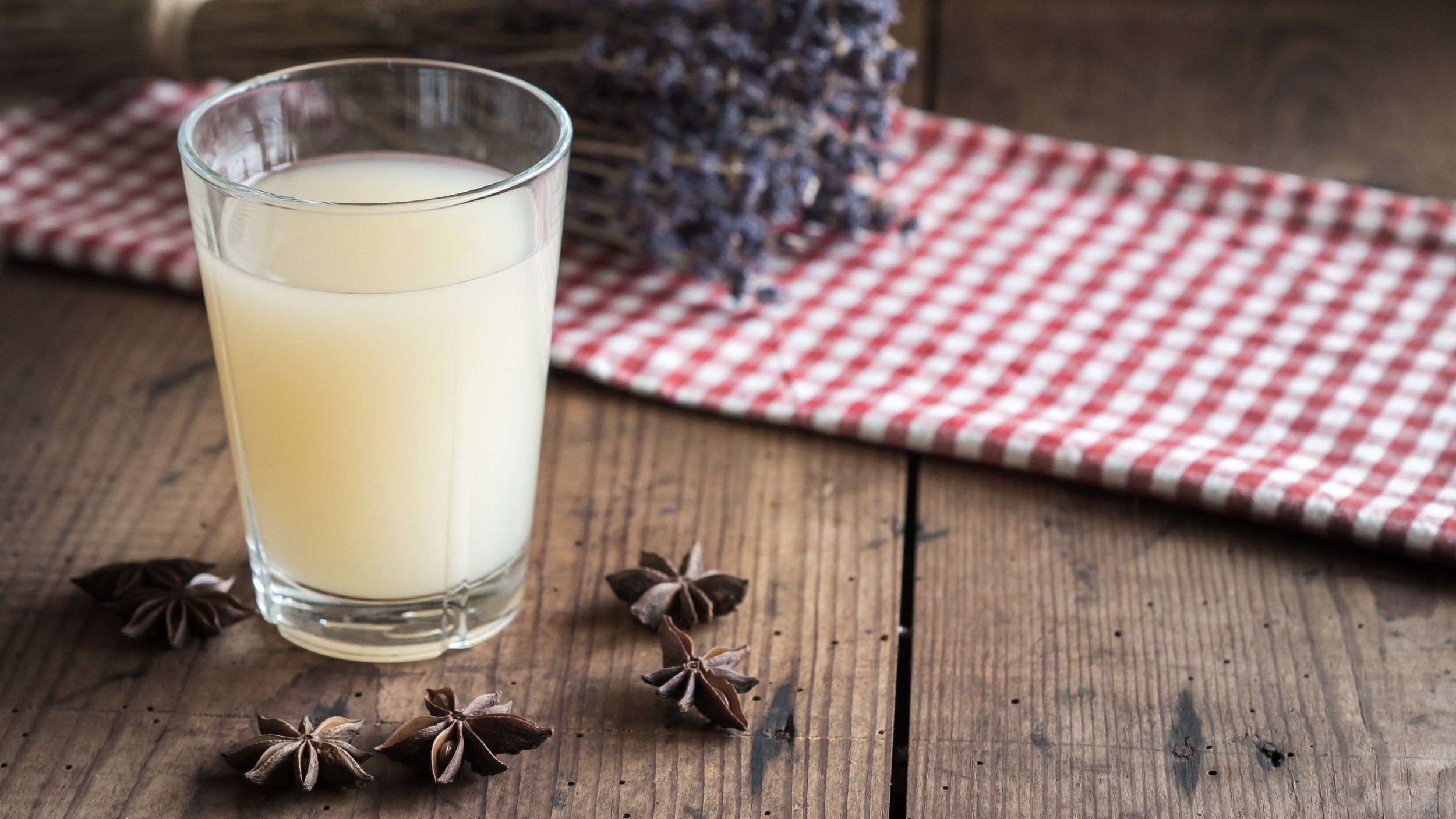Getting to grips with Pastis – understanding France’s ubiquitous anise liqueur
The romanticism associated with pastis starts with the ceremonial, almost ritualistic, method in which the signature serve is prepared. Diluted 1:4 with cold, still mineral water it doesn’t really get any simpler, but there’s a magic that comes with that simplicity, beauty in the details. Sitting outside a café in Marseille, perhaps with a friend, the waiter drops off two tall glasses empty save for a transparent, dark green-yellow hued liquid. Alongside this is served a small carafe of chilled water and a small bucket of ice cubes. Upon dilution of the pastis, with the water, as the ABV drops in volume it begins to “louche”, or transform to an opaque, almost milky, pale green – symbolic of the transformation from strong, powerful digestif to light, refreshing, slightly sweet and herbal aperitif.
To understand Pastis, we first must look at Absinthe. Chasing the ‘green fairy’ rose to the peak of its popularity when the Phylloxera plague decimated French vineyards in the mid-late 19th century – wine was scarce, cognac all but disappeared, and the good people of France made the switch to the overproof, anise and wormwood laced liqueur. Unfortunately, Absinthe was banned in many countries around the world due to a rise in alcoholism (attributed to the high strength of absinthe) and the supposition that ingesting large quantities of wormwood (Artemisia Absinthium) could cause hallucinations – it is well theorised that Vincent Van Gogh, a frequent imbiber of absinthe, cut his ear off whilst experiencing the effects of alcohol withdrawal. Thujone, the component found in wormwood thought to induce hallucinations has since been cleared by modern scientists, and much of the aforementioned madness associated with absinthe probably should have been attributed to the sheer volume of alcohol found in the spirit. During this short, but impactful, period people’s tastes had shifted, and anise was flavour of the month, so to speak.
Fast-forward to 1932, nearly 20 years after the absinthe ban, and pastis hit the scene in its first commercially available form. Like many region-specific liqueurs pastis was already being produced by townsfolk, but it took Paul Ricard to bring it to everyone, and beat competitors such as Pernod, whom they eventually merged with in the 70’s, to the punch. Since then, this eponymous liqueur has remained a staple of French drinking tradition and is sold all over the world to this day.
When mixing with pastis it’s easy to get caught up in the intensity of anise but it proves to be an incredibly versatile liqueur. In France, it is quite common to simply mix pastis and flavoured sugar syrups to create simple two-ingredient serves such as the Mauresque which combines pastis and orgeat, an almond flavoured syrup, creating a very moreish, almost vanilla ice cream-like cocktail. Tomate, meaning Tomato, is a blend of pastis and grenadine – try it next time you grab a bottle of our Herbal Pastis which pays homage to Marseille and the regions long-standing history of drinking this wonderful liqueur.
Perfect Serve
Anise & Water
50ml Anise Herbal Pastis, fill with ice, 150ml chilled mineral water



